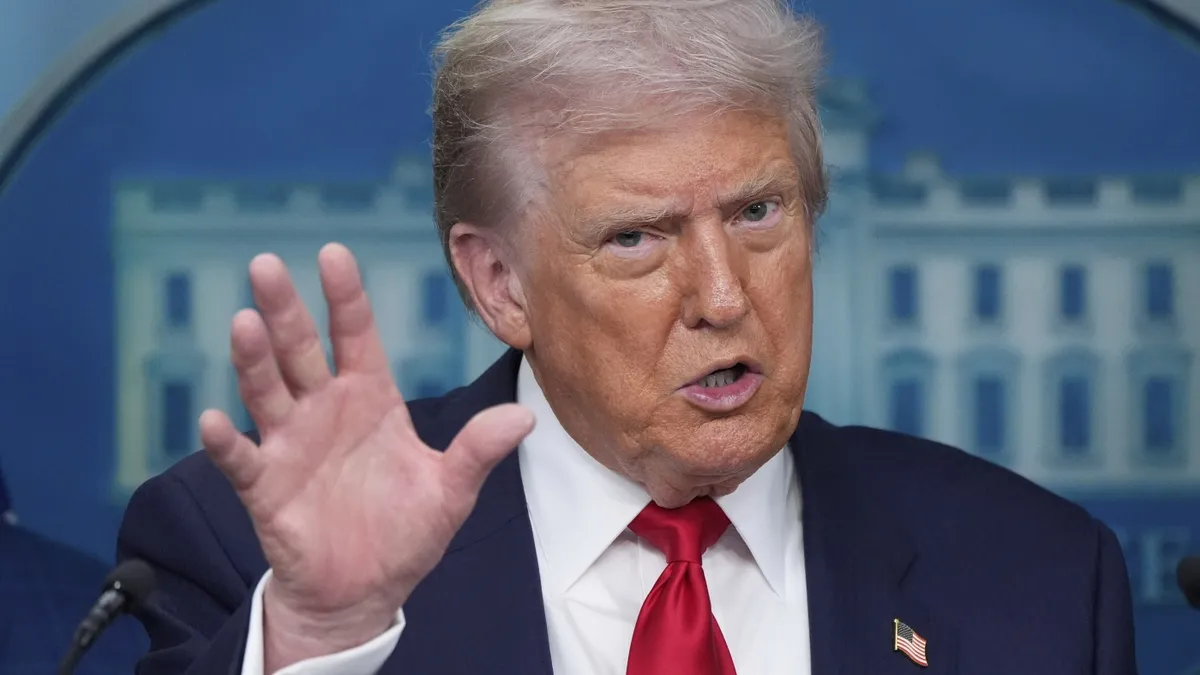
In a significant move that could reshape international trade dynamics, President Trump has extended a truce between the U.S. and China concerning tariffs. This decision, made just hours before a critical midnight deadline, opens the door for a potential summit with Chinese leader Xi Jinping later this year. The extension is seen as a crucial step towards addressing ongoing economic and national security concerns that have loomed large in U.S.-China relations.
Trump's executive order acknowledges that China is making significant strides in addressing U.S. concerns, prompting both nations to declare an extension of the truce. Allowing the truce to expire would have resulted in soaring tariff rates, severely impacting trade between the world’s two largest economies. Currently, the U.S. maintains a standard tariff rate of 30% on Chinese goods, while China retains a 10% tariff on American products.
This truce extension grants both countries an additional 90 days to resolve their differences on a variety of trade issues, as Trump aims to reshape the global economy to favor American manufacturing. The timing of this decision coincides with the U.S. announcing several trade agreements with nations such as South Korea and Japan, while also imposing hefty tariffs on other countries, including a potential 50% tariff on Indian exports due to ongoing purchases of Russian oil.
David Meale, head of the Eurasia Group's China Division and a former U.S. diplomat, emphasized that today’s news enhances confidence among American consumers and businesses that import goods. “It stabilizes the situation,” Meale noted, highlighting the importance of the truce for both American and Chinese manufacturers. He predicts that a trade arrangement between the U.S. and China is likely, with future discussions probably leading to a leaders' meeting between Trump and Xi later this fall.
Meale further suggests that the next steps will likely involve more dialogues between trade and economic officials akin to the recent meetings held in Stockholm. These discussions are geared towards laying the groundwork for a face-to-face meeting and a more concrete trade agreement, which may be finalized before the new truce expires on November 10.
Shortly after his inauguration, Trump reignited a trade war initiated during his first term, announcing increased tariffs on Chinese imports. In retaliation, Beijing imposed reciprocal tariffs and export controls on vital rare earth minerals, including bismuth and tungsten, crucial for electronics manufacturing. Throughout March and April, escalating tariffs led to U.S. rates on Chinese imports peaking at 145%, while Chinese tariffs on U.S. exports reached 125%.
However, a cooling of tensions occurred in May during a meeting in Geneva, where both countries agreed to a 90-day truce. This included lowering tariff rates and easing trade barriers, particularly concerning the delivery of rare earth minerals. Despite these agreements, accusations of non-compliance soon arose from both sides, leading to further negotiations.
The complexity of U.S.-China negotiations encompasses a broad range of issues, including American apprehensions about Chinese overproduction, purchases of Russian oil, and China's dissatisfaction with U.S. restrictions on semiconductor exports essential for powering artificial intelligence systems. Meale articulates that America's primary goal in these negotiations is to reduce its trade deficit with China, secure and diversify supply chains, and ensure a stable flow of rare earth minerals from China.
As the negotiations progress, Meale predicts that significant tariffs on Chinese goods entering the U.S. will remain a reality. Meanwhile, China is likely seeking stability in its relationship with the U.S. to navigate its slower-growing economy and create a more predictable environment for its businesses. Access to advanced American technologies, such as high-end semiconductors and jet engines, will also be crucial for China.
Experts like Nicholas Lardy from the Peterson Institute for International Economics suggest that a final U.S.-China trade deal could result in the easing of technology restrictions, although this remains uncertain. Lardy also notes the possibility of Chinese commitments to invest in U.S. manufacturing. However, even with progress towards a trade deal, Lardy cautions that the bilateral trade landscape may contract significantly, reflecting Trump’s long-term vision for U.S.-China economic relations.